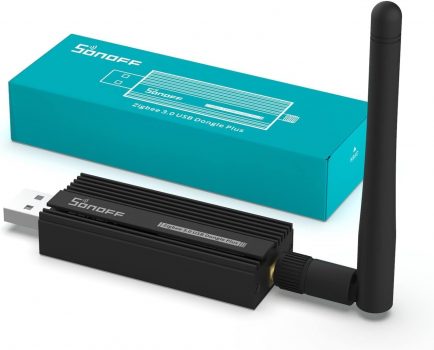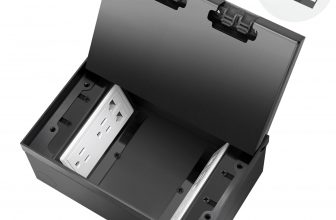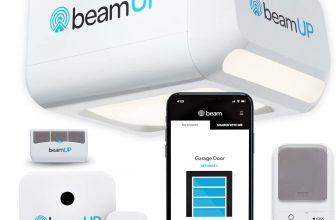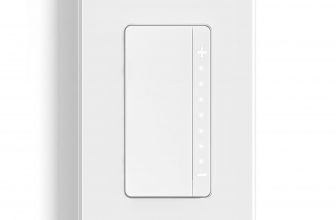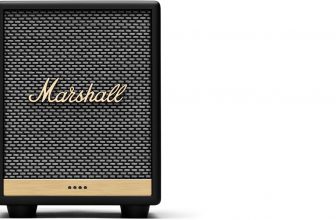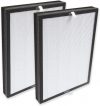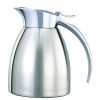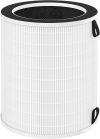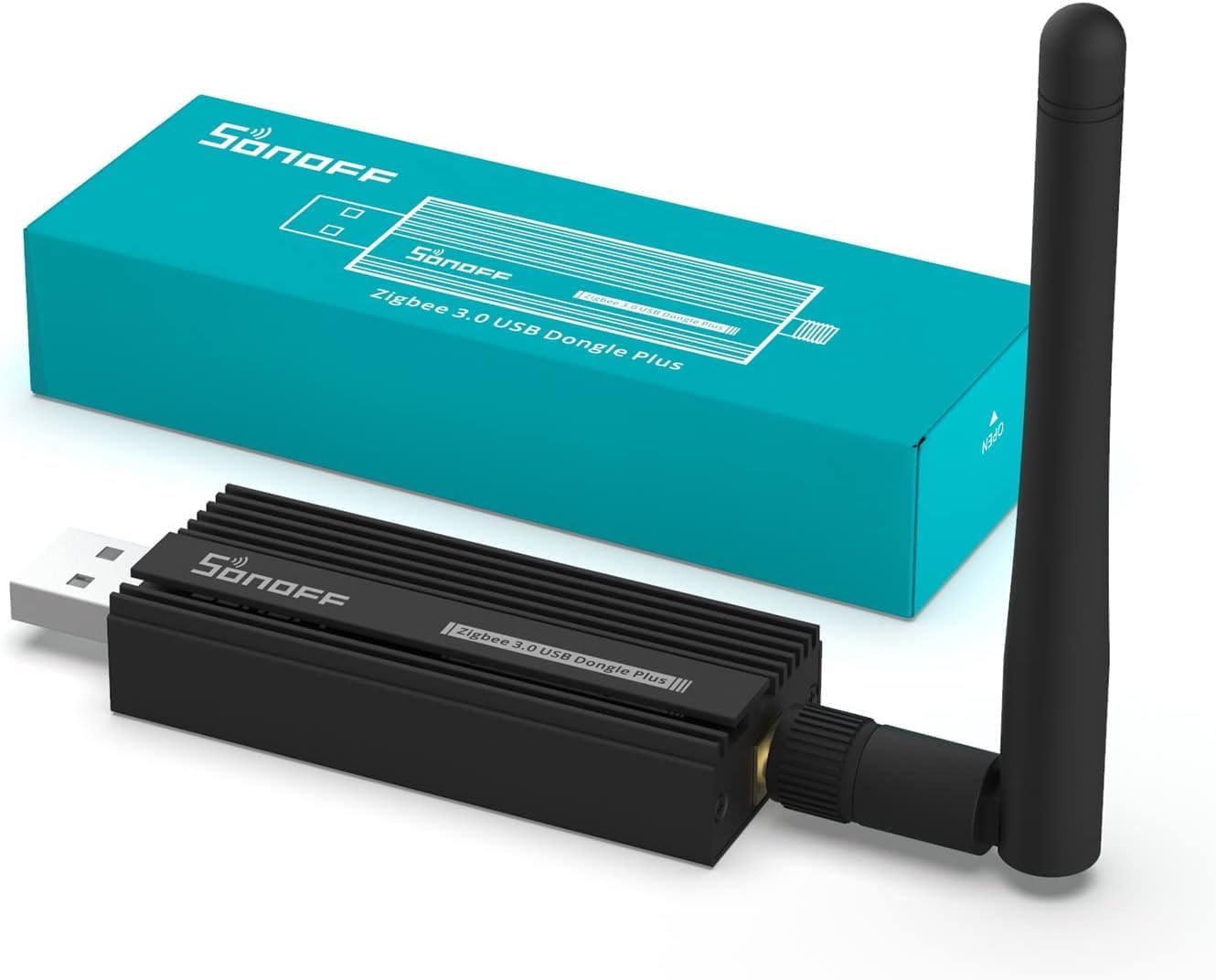
In today’s world, smart home devices are becoming increasingly popular, making connectivity essential. The SONOFF Zigbee 3.0 USB Dongle Plus Gateway stands out as a versatile solution for home automation. With its easy integration and impressive features, it provides a gateway to manage various Zigbee devices seamlessly, enhancing your smart living experience.
Product Features
| Feature | Description |
|---|---|
| Compatibility | Supports ZHA in Home Assistant and Zigbee2MQTT |
| Firmware | Pre-flashed with Z-Stack 3.x.0 coordinator firmware |
| Output Gain | +20dBm with SMA interface external antenna |
| Housing | Aluminum housing minimizes signal interference |
| Device Support | Works with SONOFF devices and various third-party Zigbee sub-devices |
| Installation Guidance | Detailed connection tutorials available via QR code in the user manual |
Product Overview
| Pros |
|---|
| Easy integration with Home Assistant |
| Wide compatibility with various Zigbee devices |
| Strong output gain with external antenna |
| Durable design reduces interference |
| Comprehensive installation instructions available |
| Cons |
|---|
| Initial setup may require time investment |
| Some troubleshooting guides may be needed for specific issues |
Understanding Zigbee Technology and Its Benefits
Setting up the SONOFF Zigbee 3.0 USB Dongle Plus is relatively straightforward, but I’ve found that there are a few key steps and best practices that can make the experience seamless. To start with, plug the dongle into an available USB port on your smart home hub or Raspberry Pi. It’s essential to ensure that your hub is up-to-date with the latest firmware, as compatibility issues can arise otherwise.
After connecting the dongle, I recommend downloading the appropriate software. If you’re using Home Assistant, for instance, integrate the dongle through the configuration files. This step often requires a restart, so patience is vital here. Next, I like to set up the Zigbee network by pairing devices. Press the pairing button on your device and initiate discovery on your smart hub. It’s often helpful to stay close to the dongle during this process, as signal strength can affect connectivity.
Common installation challenges include interference from other wireless signals or incorrect configurations. If you encounter an issue, resetting the dongle and starting the pairing process again often resolves the problem. For optimizing performance, consider strategically placing your devices to create a strong mesh network; Zigbee devices can relay messages, extending range and reliability. My own tips include regularly checking the status of connected devices through the hub’s dashboard, ensuring they remain healthy and responsive. Viewing user forums can also provide invaluable insights and shared experiences that illuminate best practices, enhancing overall efficiency in managing your smart home.
Setting Up and Optimizing the SONOFF Zigbee Dongle Plus
Setting up the SONOFF Zigbee 3.0 USB Dongle Plus might seem daunting at first, but I can assure you that with the right guidance, it becomes a straightforward process. First, start by connecting the dongle to a USB port on your computer or a compatible hub. It’s essential to ensure that the device is powered on and recognized by your system. If you encounter any issues during connection, try different USB ports or restart your computer.
Once the dongle is recognized, I recommend downloading the necessary software or platform that supports Zigbee. Common choices include Home Assistant, Zigbee2MQTT, or Hubitat. Follow the detailed instructions provided by these platforms to integrate the dongle effectively. A common challenge I faced during installation was firmware recognition—updating the dongle’s firmware can resolve compatibility issues and unlock better performance.
To optimize connectivity and performance, I found that maintaining a clear line of sight between your dongle and Zigbee devices enhances communication. It’s also wise to limit interference from Wi-Fi networks by placing the dongle away from routers. Additionally, you might consider deploying multiple repeaters to strengthen the mesh network. Based on user experiences, regularly updating your hub software can significantly improve device responsiveness and compatibility.
Best practices include organizing your network by grouping devices logically and frequently checking the status of your devices through the management app. This proactive approach not only keeps your smart home running smoothly but also ensures that you can quickly troubleshoot any issues that arise. After implementing these strategies, you may find that managing your smart devices transforms into a seamless experience that truly maximizes the potential of your home automation setup.
Conclusions
In conclusion, the SONOFF Zigbee 3.0 USB Dongle Plus Gateway is a powerful tool that simplifies smart home management. Its compatibility, robust output, and user-friendly setup make it an asset for anyone looking to delve into home automation. With this device, you’re well on your way to a smarter, more connected home.

